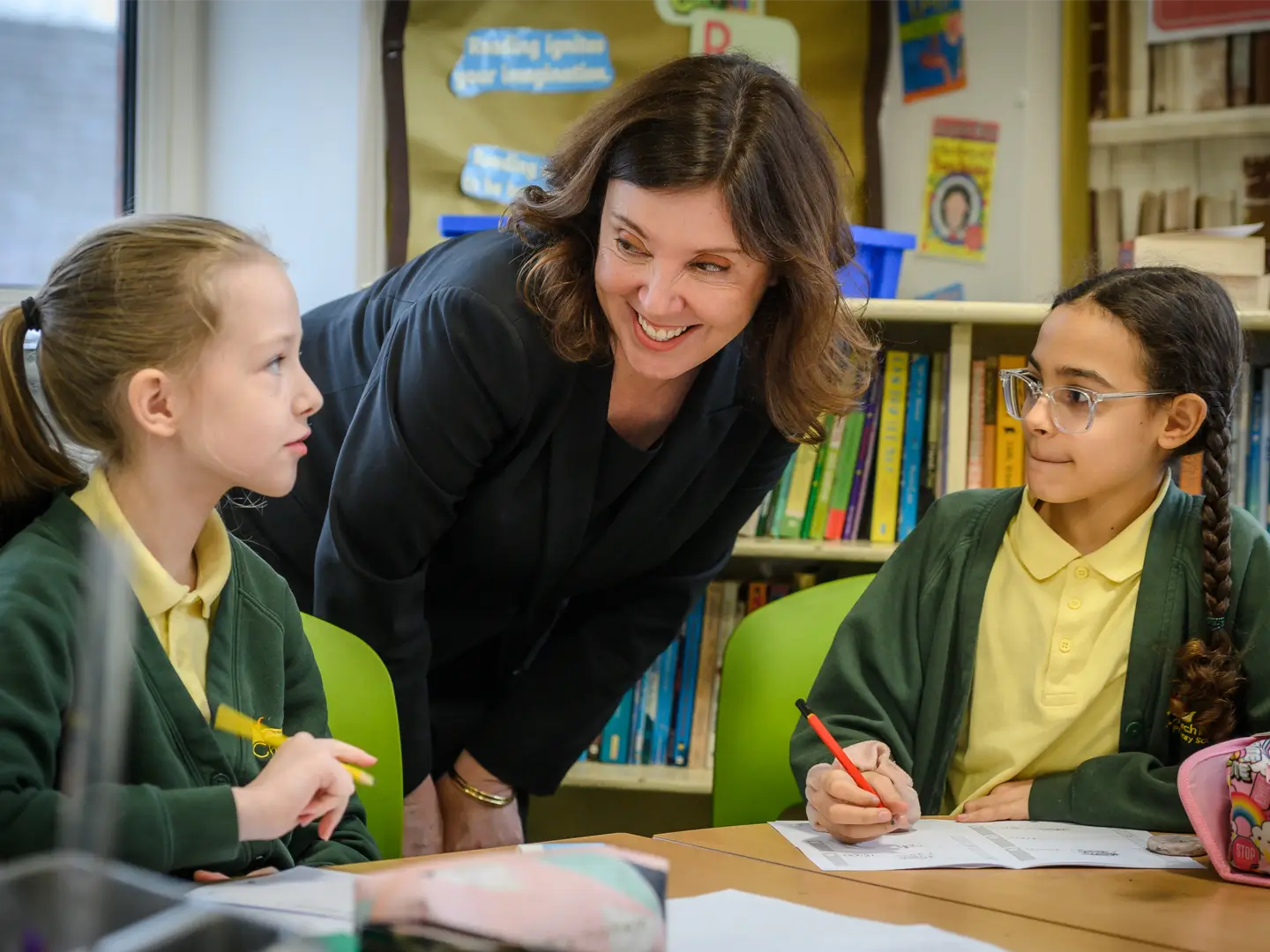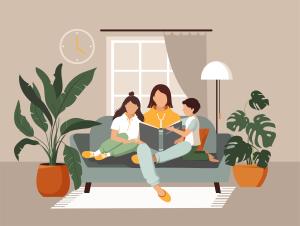Each summer, Dr Ami Parikh and Dr Giles Armstrong, Consultants in Paediatric Emergency Medicine at the Royal London Hospital in Whitechapel, see a devasting and distressing pattern. Children are routinely brought to the Emergency Department after falling from heights out of apartment or tower block windows. Many of the children they see face life-threatening injuries, and too often, these incidents end in tragedy.
But these are not random accidents, they are preventable incidents – and highlight the wider issue that there are too many children in England growing up in homes that are neither safe nor secure.
In speaking to children about their experiences of growing up in a low income family, I have heard about the conditions they live in. Children have told me about not feeling safe in their own home, about dealing with rats in their kitchens, and about the mould in their homes. They spoke to me about being forced to share bathrooms with strangers, how they lack privacy, or even a place to do their homework. They also reported living in homes with substandard conditions needing repairs, and how their families struggled to get a response when reporting issues. [1]
It is shocking that in 2025, in one of the wealthiest countries in the world, children are living in homes like these, with the potential in some cases to cause them serious harm.
Every year, children fall from windows and sustain life-changing injuries and, in the most tragic cases, lose their lives. These falls could be prevented by safety mechanisms like window restrictors, and ensuring windows are maintained and fixed by landlords when they are broken.
After noticing an awful pattern of child injuries each summer, Dr Ami Parikh and colleagues began researching all the children each year who were treated at the Royal London after falling from a height. Between 2010 and 2015, the number was 93.[2] These falls can have tragic consequences. Recent research from the National Child Mortality Database (NCMD) found that 13 children aged under 11 died in falls from windows in their rented or temporary accommodation since 2019.
Behind each number is a child whose life was changed. And the impact is devastating: some children spend months spent in intensive care units, some acquire brain injuries, and, tragically, there are families who experience unimaginable loss.
Dr Parikh’s research shows these falls disproportionately affect children from ethnic minorities, those growing up in some of the most deprived areas, and autistic children.
Of the 93 children affected, three quarters (73%) came from the most deprived 30% of areas in the country. About one in 10 (12%) were autistic.[3]
The NCMD’s research into the tragic deaths of the 16 children who died falling from windows and balconies from 2019 to 2025 in England found that most (11) were from ethnic minority backgrounds. More than half of the children (7) were living in the most deprived 20% of areas, while none were living in the least deprived 20% of areas. [4]
Yet all of this is so often preventable.
Both Dr Parikh’s and the NCMD’s findings demonstrate how children and their families already disadvantaged by poverty were put at additional risk because landlords and local authorities were slow to act, or window locks and restrictors were not present.
The majority of families that Royal London staff spoke to after their child fell from their window at home reported that their window had no locks, or broken locks. [5] The NCMD found of the 13 children who tragically died in falls from windows since 2019, four fell from a window where the lock or restrictor was present, but broken. The NCMD also identified that landlords and local authorities were not fixing windows quickly enough when reported by families.[6]
There are two government reforms that present a key opportunity for these falls to be prevented – it is crucial that these act to give children and families the protection they need.
Awaab’s Law, which came into effect yesterday (27 October 2025), is a significant step forward. Named for two-year-old Awaab Ishak, who died from exposure to mould at his council-owned home in Rochdale, the new law will require social landlords to investigate and make safe emergency hazards within 24 hours and set strict timelines for significant hazards – or they must provide suitable alternative accommodation.
However, while welcome, the accompanying guidance lacks clarity. Although it is helpful that the guidance includes an example of the risk of falls that broken windows pose to children, it could be much clearer that broken windows are an emergency not just when they pose a security risk, but when they pose a fall risk to a child.[7]
It is also deeply concerning that under current government proposals to update housing standards (the Decent Homes Standard), requirements for window restrictors in rented and social housing will not come into force until 2035 or 2037. [8] These simple devices are both cheap and easy to install, allow families to open windows safely, and give peace of mind that their children cannot fall.[9]
If nothing changes and current trends continue, many more children will be admitted to emergency departments, and more children could die from falls that could have been prevented. This is all the more alarming when considering the potential impact of a warming climate.
The reforms under Awaab’s Law and proposed updates under the Decent Homes Standard must go further to protect children from entirely preventable harm. Window safety must be a priority, with fall risks recognised as emergency hazards – and local authorities and landlords must be swift to act on reported incidents.
No parent should lose a child because their home was unsafe. No child should grow up in a building that puts their life at risk. But before long, the warmer weather will return, and unless something changes, doctors like Dr Parikh and Dr Armstrong will once again find themselves treating the same awful but preventable injuries. We have the knowledge and the tools to stop these awful incidents. So now is the time to act.
[1] Children’s Commissioner’s office, Growing up in a low-income family: Children’s experiences
[2] Falls from buildings in the paediatric population, Emergency Medicine Journal
[3] Falls from buildings in the paediatric population, Emergency Medicine Journal
[4] National Child Mortality Database, Deaths of children as a result of a fall from a window or balcony
[5] Falls from buildings in the paediatric population, Emergency Medicine Journal
[6] National Child Mortality Database, Deaths of children as a result of a fall from a window or balcony
[7] Ministry of Housing, Communities & Local Government, Awaab’s Law: Draft guidance for social landlords – GOV.UK
[8] Ministry of Housing, Communities & Local Government, Consultation on a reformed Decent Homes Standard for social and privately rented homes
[9] Ministry of Housing, Communities & Local Government, Consultation on a reformed Decent Homes Standard for social and privately rented homes






